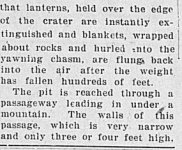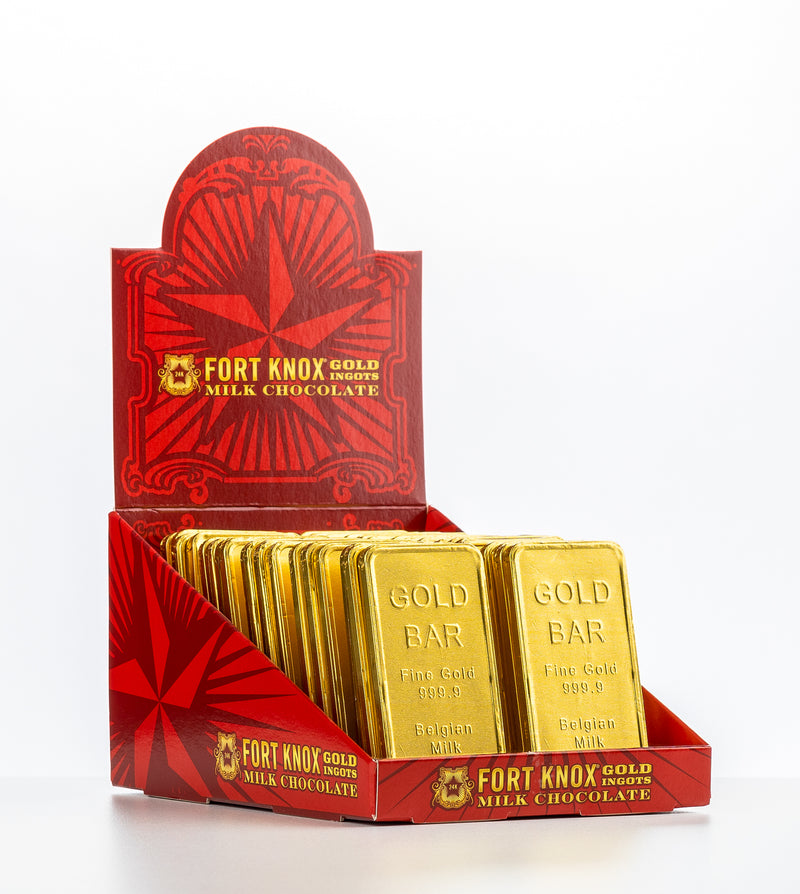Crow
Silver Member
- Jan 28, 2005
- 3,665
- 10,263
- Detector(s) used
- ONES THAT GO BEEP! :-)
- Primary Interest:
- Other
Some interesting stuff.
ironic with such conspiracy stories. there was a lot of ill feeling in 1890s with many banks failure taking peoples life savings and government of day saved and bailed out the top end of town with the average poor who lost money from banking collapses getting the short straw. sounds familiar? 2008!
The book by Walter hurt is horrid hard to read book to read as it is through the eyes of committed socialist that had his own personal vendetta on capitalism. interesting enough Walter Hurt wrote another book. The problem with the Jews. You can see where this was leading 30 odd year later in Germany?
These stories true or not true, leaking into the public imagination over time with each retelling. I cannot trust Walter Hurts book The scarlet shadow . As there is blend of fact and fiction mingled to to suit a personal agenda. To me the book was the rantings of a brain washed ideals inspired by Karl Marx on evils of capitalism.
That said the strange story of this cave in the book full of gold? Was it a fictional story for hurt to show the evils of such a folly linked to labor wars of Colorado in the late 19th early 20th century?
Strange enough my associate is no slouch when it comes to research. there was a cave allegedly discovered in 1923.
reference: San Pedro News pilot, 30 April 1923. - A bottomless pit and the legend of old Spanish mine, interest Colorado tourists. Article.




Hurt described a in his book the Scarlet shadow. a bowl shaped valley with two entrances and cave somewhere near the headwaters purgatorie river in 1907.
The newspaper say volcanic crater the location
Coincidence?
ironic with such conspiracy stories. there was a lot of ill feeling in 1890s with many banks failure taking peoples life savings and government of day saved and bailed out the top end of town with the average poor who lost money from banking collapses getting the short straw. sounds familiar? 2008!
The book by Walter hurt is horrid hard to read book to read as it is through the eyes of committed socialist that had his own personal vendetta on capitalism. interesting enough Walter Hurt wrote another book. The problem with the Jews. You can see where this was leading 30 odd year later in Germany?
These stories true or not true, leaking into the public imagination over time with each retelling. I cannot trust Walter Hurts book The scarlet shadow . As there is blend of fact and fiction mingled to to suit a personal agenda. To me the book was the rantings of a brain washed ideals inspired by Karl Marx on evils of capitalism.
That said the strange story of this cave in the book full of gold? Was it a fictional story for hurt to show the evils of such a folly linked to labor wars of Colorado in the late 19th early 20th century?
Strange enough my associate is no slouch when it comes to research. there was a cave allegedly discovered in 1923.
reference: San Pedro News pilot, 30 April 1923. - A bottomless pit and the legend of old Spanish mine, interest Colorado tourists. Article.
Hurt described a in his book the Scarlet shadow. a bowl shaped valley with two entrances and cave somewhere near the headwaters purgatorie river in 1907.
The newspaper say volcanic crater the location
Coincidence?
Attachments
Last edited:









